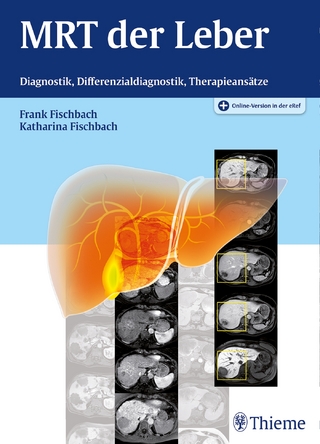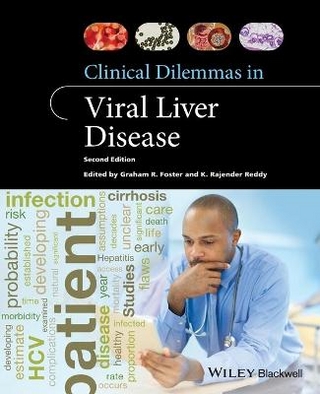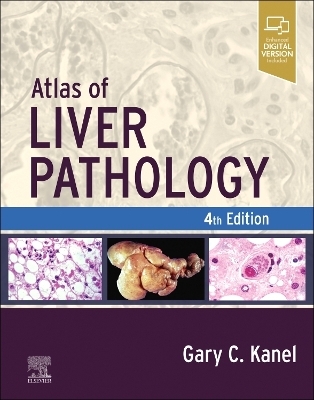
Metabotropic GPCRs: TGR5 and P2Y Receptors in Health and Diseases
Springer Verlag, Singapore
978-981-13-1570-1 (ISBN)
This book will provide current understandings about two ubiquitously expressed metabotropic GPCRs, G-coupled purinoreceptor type 2 (P2Y) and Takeda G-protein-coupled bile acid receptor 5 (TGR5). G protein coupled receptors (GPCRs) are the largest family of proteins implicated in majority of cellular responses. The two receptor sub-families play a central role in many physiological functions as well as in many pathological conditions. This book offers up-to-date information on the physiological functions, signaling pathways and regulatory mechanisms of P2Y and TGR5 receptors. In addition, this book provides a comprehensive overview about the abnormalities of P2Y/TGR5 receptors and their contribution in the development and progression of pathological conditions. It also covers the currently available natural, chemical and pharmacological agents targeting these two receptor families and their therapeutic implications in P2Y and TGR5 associated disorders. This book is a valuable sourcefor beginners and researchers to follow the rapidly progressing field of these two GPCR subfamily members.
Dr. Senthilkumar Rajagopal, is an Assistant professor at Rayalaseema University, Kurnool, AP, India and obtained his Ph.D. in Biochemistry from Annamalai University, INDIA. He did his post-doctoral research in Anesthesiology in University of Virginia, Virginia, followed by Department of Cancer Immunology & AIDS, Dana Farber Cancer Institute, Harvard University, MA, USA and, Department of Physiology and Biophysics, Virginia Commonwealth University, Virginia, USA. He is a recipient of Rameshwardasji Birla Smarak Kosh Endowment award from Mumbai Medical Trust, Mumbai, INDIA and Ramalingaswami Re-entry Fellowship from Department of Biotechnology, Ministry of Science and Technology, Government of India. He has more than 10 years of research experience in various fields such as Alcoholic hepatotoxicity, voltage gated calcium channels, and protein kinase C phosphorylation, ADAM family, Smooth muscle physiology, G-protein coupled receptor signaling pathways, Neurotransmitters transporters to central nervous system. He has published nearly 48 research articles in various peer-reviewed international journals, 18 book chapters, and presented a research articles in number of conferences, proceedings and attended various workshops/seminars. He is on the editorial/reviewer board in many peer-reviewed international journals such as Frontiers in Cellular Neuroscience, American Journal of Biochemistry and Molecular Biology, Neuroscience, etc. He is member of various prestigious scientific associations like Indian Society for Atherosclerosis Research (ISAR), The International Science Congress Association (ISCA), Society of Biological Chemistry (SBC), Society for Free Radical Research India (SFRR), The Indian Society of Cell Biology (ISCB) and member of American Association of Pharmaceutical Scientists (AAPS) and Science Advisory Board (SAB). Dr. Murugavel Ponnusamy is presently working as Postdoctoral Research Associate at the Center for Developmental Cardiology, Institute for Translational Medicine, Qingdao University, China. Previously, he had worked as Postdoctoral fellow at the Division of Renal Diseases, Department of Medicine, Rhode Island Hospital, Brown University-Alpert Medical School, USA, under the supervision of Dr. Shougang Zhuang. His research interest includes molecular pharmacology, cellular signaling, tissue repair and regeneration, and experimental therapeutics. Currently, he is research interest is focused on the influence of non-coding RNAs in cardiovascular disorders. His Ph.D. research was focused on elucidating the effect of diallyl tetrasulfide on cadmium-induced toxicity (an in vivo and in vitro study), which was carried at Annamalai University, India. Till, now, he has published more than 40 research articles in various international peer-reviewed journals and contributed five chapters to different books. He is an active member of various societies including theSociety of Biological Scientists of India (SOBSI), Indian Society of Cell Biology (ISCB), and Society of Biological Chemists (SBC) India.
Module 1. Overview of G-Protein coupled receptor.- Module 2. TGR5 receptor.- Module 3. P2Y receptor.- Module 4. Therapeutically Targeting TGR5 & P2Y receptors.
| Erscheinungsdatum | 15.11.2018 |
|---|---|
| Zusatzinfo | 20 Illustrations, color; 7 Illustrations, black and white; XII, 76 p. 27 illus., 20 illus. in color. |
| Verlagsort | Singapore |
| Sprache | englisch |
| Maße | 155 x 235 mm |
| Themenwelt | Medizinische Fachgebiete ► Innere Medizin ► Hepatologie |
| Studium ► 1. Studienabschnitt (Vorklinik) ► Physiologie | |
| Naturwissenschaften ► Biologie ► Biochemie | |
| ISBN-10 | 981-13-1570-1 / 9811315701 |
| ISBN-13 | 978-981-13-1570-1 / 9789811315701 |
| Zustand | Neuware |
| Haben Sie eine Frage zum Produkt? |
aus dem Bereich


